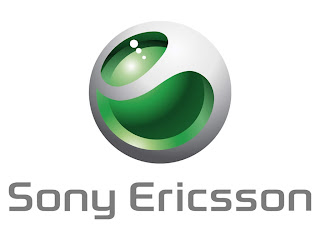 Today, I read a press release from UK firm MoMac who announced the launch of a browser-based games platform, which uses Flash Lite. I had been looking at the use of Flash Lite for mobile gaming quite a while ago (2 years back in fact; see here and here). The front-runners on this (not browser-based but downloadable) was Mobitween, a French company that was bought by Zed last year. Back in 2008, the estimated install base of Flash Lite on mobile phones was already approaching half a billion, so just ever so slightly more than there are e.g. iPhones. In principle, all good.
Today, I read a press release from UK firm MoMac who announced the launch of a browser-based games platform, which uses Flash Lite. I had been looking at the use of Flash Lite for mobile gaming quite a while ago (2 years back in fact; see here and here). The front-runners on this (not browser-based but downloadable) was Mobitween, a French company that was bought by Zed last year. Back in 2008, the estimated install base of Flash Lite on mobile phones was already approaching half a billion, so just ever so slightly more than there are e.g. iPhones. In principle, all good.
But where did it go from there? uGenGames, the company’s original user-generated games site, seems to be stuck where it was back then. There is still the showcase of mobiGamz, a Flash-Lite-based gaming portal on Verizon Wireless. But otherwise? Nothing much…
![]() So MoMac will do it in the browser then. I don’t think it makes that much of a difference but, given my early enthusiasm, wondered where the pitfalls (of which there apparently are some; otherwise it would have taken off more forcefully) might be. So where then?
So MoMac will do it in the browser then. I don’t think it makes that much of a difference but, given my early enthusiasm, wondered where the pitfalls (of which there apparently are some; otherwise it would have taken off more forcefully) might be. So where then?
I have argued in the interim the advantages of applications vs mobile web, and this still stands: apps often will give better usability and navigation tailored to the input constraints of (small) handsets when compared to browser-based solutions.
Discoverability might be another – albeit perhaps short-term – constraint: people are not (yet!?) used to looking for games (or other “applications”) on the web. That is arguably one reason of the huge success of the app store: it does what it says on the tin and it is very easy to discover.
Billing would be the third big differentiator: Apple managed what probably only a brand of Apple’s power can command, namely that people happily and without second thoughts sign up with credit cards and all via iTunes. To replicate this somewhere on the open seas of the wide web is almost certainly wishful thinking at best. The only other companies who have as easy a billing interface are the carriers who will almost always be more control-minded than independent service providers might wish for. MoMac claims that
the first casual games portal to go live on major MNO’s in October
and that might change things in this department a little. However, it will arguably take a few of those major MNOs in order to make it worthwhile for developers to address the platform.
A fourth point – and this is following from the above – is content. MoMac seems a little light on this side. It claims the availability of 30 games through its partner Booster Media and, with no disrespect (!), they do not seem to have the most compelling stuff available. This of course is nothing that comes with the concept but perhaps with the (current) offering, the announcement of which I believe might actually have come a little early because of this.
Anyway: the principle is (still) great, and I really wish them all the very best. Keep me up to date, guys; I’d love to publish a retraction of my take here…














